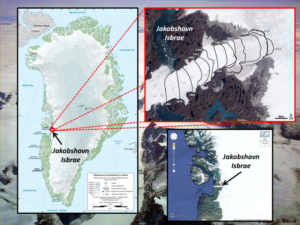by P. Homewood, January 5, 2019 in NotaLotofPeopleKnowThat
…
Since there is no increase in mean and extreme precipitation in Kerala over the last six decades, the extreme event during August 2018 is likely to be driven by anomalous atmospheric conditions due to climate variability rather anthropogenic climate warming. The severity of the Kerala flood of 2018 and the damage caused might be affected by several factors including land use/ land cover change, antecedent hydrologic conditions, reservoir storage and operations, encroachment of flood plains, and other natural factors. The impacts of key drivers (anthropogenic and natural) on flood severity need to be established to improve our understanding of floods and associated damage.
http://www.geosocindia.org/index.php/jgsi/article/view/137443

